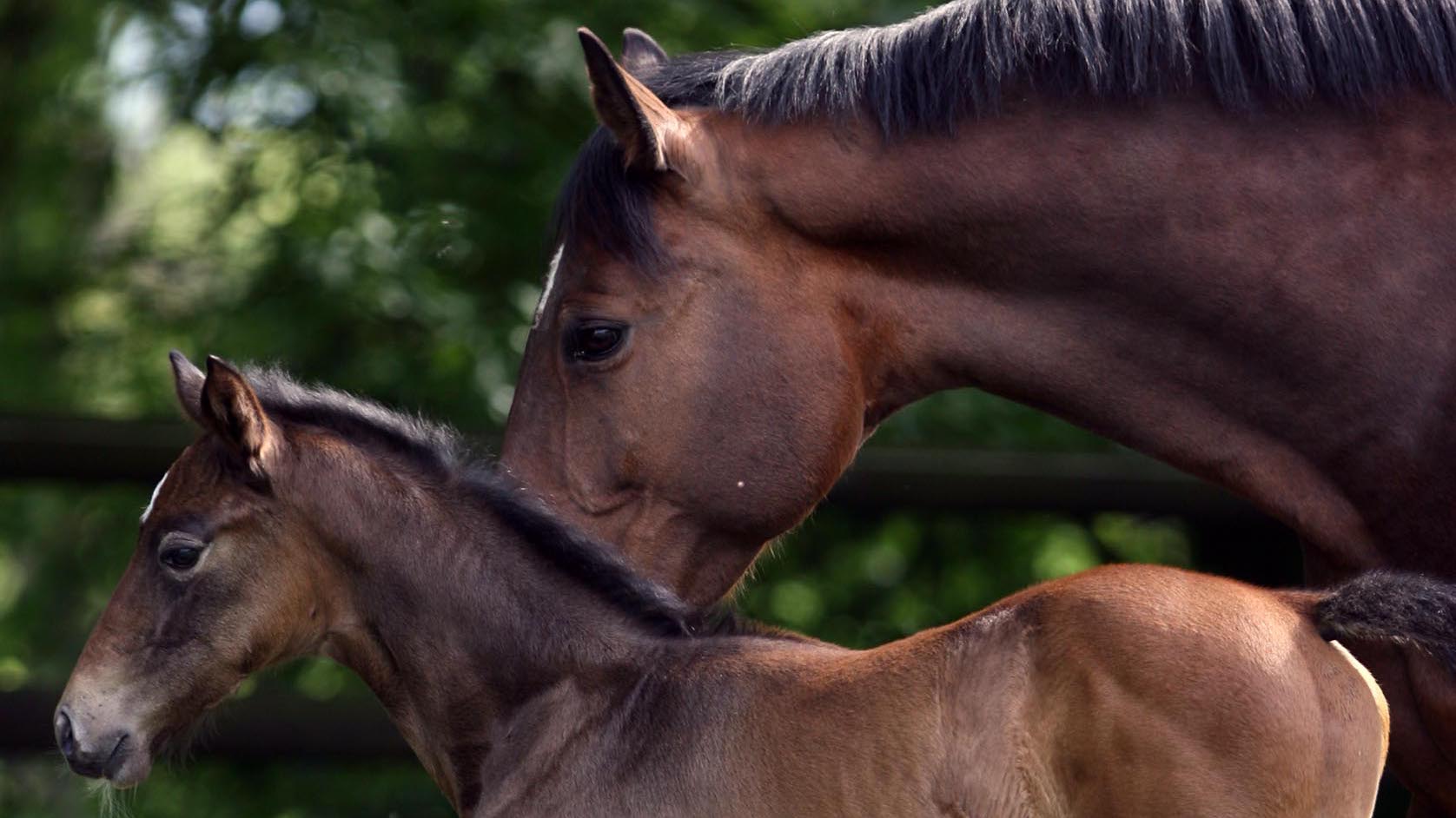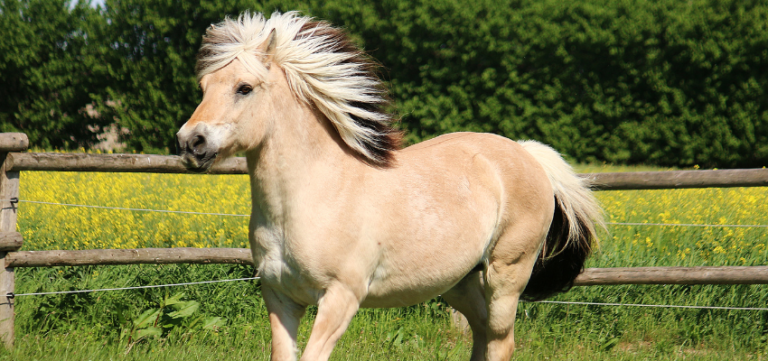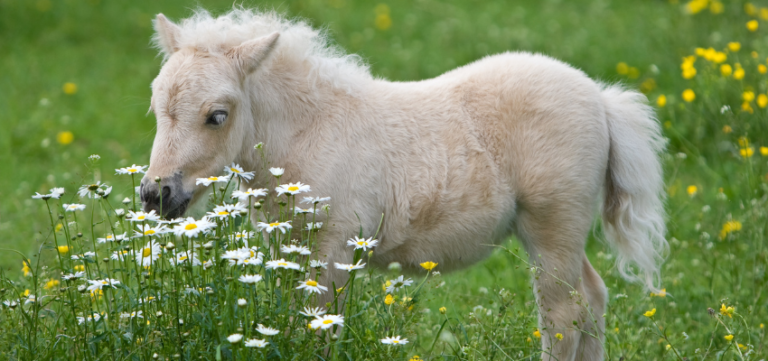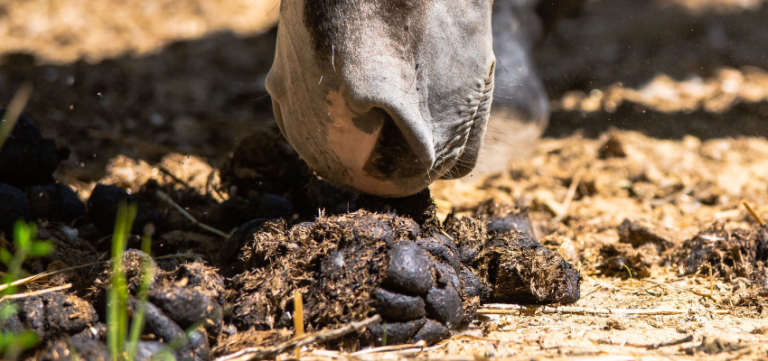A Brief History of Horse Breeds
Our current understanding of the domestication of the modern day horse comes from a discovery that was made less than ten years ago! That’s pretty powerful science. Research led by the University of Cambridge’s adjunct Zoology professor, Dr. Vera Warmuth, finally demystified the true origins of what exists today as over 350 horse breeds found worldwide.
Dispelling the Myth: How Did We Come to Have So Many Different Horse Breeds?
All horse breeds were originally thought to have originated from a single lineage located on the western part of the Eurasian Steppe, although precisely where and precisely how has always been a topic of great debate. Finally, a study conducted in 2012 and funded by the BBSRC, the German Academic Exchange Service (DAAD), and the Leverhulme Trust that used new methodologies in identifying genetic markers and trace lineage uncovered the fact that although horses did originate in Asia and Europe, as initially proposed, they came to be domesticated all over Asia and Europe, showing that diverse cultures from these two massive continents all recognized and appreciated the horse enough, appreciated the horse breeds that they had access to enough to see in them their potential for future use, resulting in the horses’ domestication.

Ancestry & Evolution
Although the domestication of horses was occurring in an almost ubiquitous manner, most modern horse breeds originated from just two ancient lineages. These ancient Middle Eastern lines were brought to Europe over 700 years ago. A study developed and facilitated by Mrs. Barbara Wallner, an evolutionary biologist at the University of Veterinary Medicine in Vienna, assumed the responsibility of close examination of all documented breeding records, referred to at the time as European studbooks, dating all the way back to the 1700s. With the help of modern DNA sequencing techniques, Mrs. Wallner and her team found that by working backwards and tracing horse breeds’ pedigrees back hundreds of years. All horse breeds known today can be traced back to just two ancient lineages; a line of Arabian horses originating in the Arabian Peninsula and the now-extinct Turkoman horses that came from the Eurasian Steppe. It has been definitively decided that the hundreds and hundreds of varied horse breeds today all came from these two genetic origin points.
Singing their Praises
This discovery serves as a testament to the powerful role that horses have played in nearly every facet of the lives of every people around the world. Though horses come in many sizes and in many colors, are of varied temperaments and exhibit a range of strengths and areas of weakness, each breed of horse has offered man a different potential and for those reasons resulted in being bred for different purposes.
The 5 Major Types of Horses & the Horse Breeds Associated with Each
Throughout time, people bred different types of horses to do different types of jobs. As a result, humanity has essentially created 5 different types of horses, containing a variety of horse breeds therein, all complete with certain traits being attributed to one group over another. Categorically speaking, the 5 types of horses are:
- Draft Horses
- Light Horses
- Warm Bloods
- Gaited Horses
- Ponies
Each group has its own functional place and role in the world of man and each of these horse breeds offer something unique that can be found nowhere else.
Draft Horses: The Giants of all the Horse Breeds
Draft Horses are the powerhouses of the equine world; the biggest and strongest of all the horse breeds. They are the heavy lifters, if you will. And there are many, many different types of draft horses. There are Friesians, Belgiums, the Pertheron, the widely recognized Clydesdales, and more. These horse breeds found their niche in heavy labor, most commonly performing a variety of agricultural tasks. The draft breeds were specifically bred to pull or carry heavy loads, so it’s no wonder why the average draft horse weighs over 1600 lbs. and stands over 16 hands tall. Their temperament, however, doesn’t exactly match their enormous size. Often referred to as “The Gentle Giants”, draft horses are those horse breeds that are notorious for being of a calm, sweet demeanor, with many of these horses developing a profound, lasting relationship with their owners and or families. For this reason, these types of horse breeds are also commonly referred to as “cold bloods”, although this title is not the same as cold-blooded in terms of reptiles and animals of that nature. It really only refers to temperament and attitude.
Light Horses or “Hot Bloods”
It may be useful to consider Light Horses as being almost the exact opposite of their cold-blooded counterparts. These breeds are considered easily excitable and fleet-footed, with these members being bred for their speed, agility, endurance, and rideability. They are ridden for a vast majority of purposes, ranging from ranch work all the way up to racing. Some examples of light horse breeds are: Andalusian, Thoroughbreds, Arabians, Quarter Horses, Paints, and Pintos. Versatility is a key component in this type of horse, being highly adaptable and capable of performing a variety of difficult tasks.
Warm Bloods
Warm Bloods refer to the category of horse breeds whereas a cold blood breed has been mixed with a warm blood breed, resulting in a middle weight horse. Centuries of deliberate, focused breeding and the technical advances that came with modern day breeding practices have resulted in genealogies that exemplify “the best of both worlds”. What has been produced is a powerful, tall, athletic horse with an even temperament that is nearly always level-headed and capable of competing in some of the higher caliber disciplines such as show jumping, working equitation, three-day eventing, combined driving, and dressage. This category of horse includes breeds such as: the Dutch Warm Blood, Quarter Horses, and Tennessee Walkers, just to name a few.
Gaited Horses
Gaited Horses have been categorized with a name referring to their unique characteristic; their gait. Historically, horse breeds identified as being gaited were referred to as, “a gentleman’s horse” for both a recognized moving aesthetic that was refined and sophisticated in appearance. These breeds are also a light horse, bred specifically for riding, and are best known for possessing an exceptionally smooth ride. Some such gaits would include, but are not limited to: the pace, the stepping pace, high step, the running walk, the Fox Trot, the Rack, and the slow gait. Breeds that would fall into this category include but are not limited to: The Paso Finos, Florida Cracker Horses, American Saddlebreds, Campeiros, Aegidienbergers, Icelandic Horses, the Kathiawari, and more.
Ponies
Not to be forgotten is the final type of horse; the pony. By definition, a pony is a horse that measures less than 14.2 hands, or 14 hands if you live in Australia. These small horses are incredibly versatile, and have been bred for a variety of purposes, illustrated by the fact that currently, there are over 100 different breeds of pony alone! Historically, ponies have been bred for nearly every task imaginable. Some have been used as riding horses for children, others assuming the responsibility of working cart horses or assigned plowing duties on farms and ranches; some ponies have been bred specifically for children’s jumping horses, some for the harness, and yet others have simply become pets to their owners. Regardless of the purpose for breeding, ponies have and continue to bring a tremendous amount of joy into people’s lives. It’s difficult to look at a pony without smiling.
Aren’t We Forgetting Someone? The Non-Horse Type Equines
Last, but by no means the least, are the non-horse type equines. These equines are closely enough related to horses that they are capable of interbreeding with them, producing some incredibly wonderful cross-breeds. The non-horse equines include donkeys, mules, and zebras. If you’ve never heard of a “Zorse”, they are very much a real thing, and a quite desirable cross-breed, resulting from breeding a Zebra with a horse. Typically speaking, Zebras are incredibly difficult to train to ride, though the Zorse is a receptive trainee, gaining increasing popularity in the show ring. However, like mules, they are sterile, so they may be slightly hard to obtain.
From Form to Function to Fun
The sheer number of horse breeds alone currently in existence showcases the near endless array of purposes and practical need for different types of horses, on a global level. Every culture is different, and every culture possesses specific needs to function smoothly. Horses found within each given culture have been selected and then bred to serve those specific needs, in the process complementing each and every society. It is in this capacity that we see the almost indispensable nature of the horse, with no breed of horse being any lesser or any greater than the next, in purpose, function, or form, because in each horse, you will see its unique value; its incredible potential, if you only take the time to stop and look.
Other Articles

The Fjord Horse in Breed Profile – Size, Character and Suitable Disciplines
The Fjord horse is a popular leisure and sport horse. In this article, you will learn all about its history, origin, appearance, character, lifespan, breed-specific

Falabella Breed Profile – Size, Personality & Suitable Disciplines
The Falabella is the smallest horse breed in the world, known for its gentle, intelligent, and curious character. In this article, learn everything about the

Fecal water syndrome – Causes, Treatment & Prevention
Gastrointestinal issues such as colic, diarrhea, bloating, and fecal water syndrome are unfortunately not uncommon. In this article, you will learn everything about the causes,
